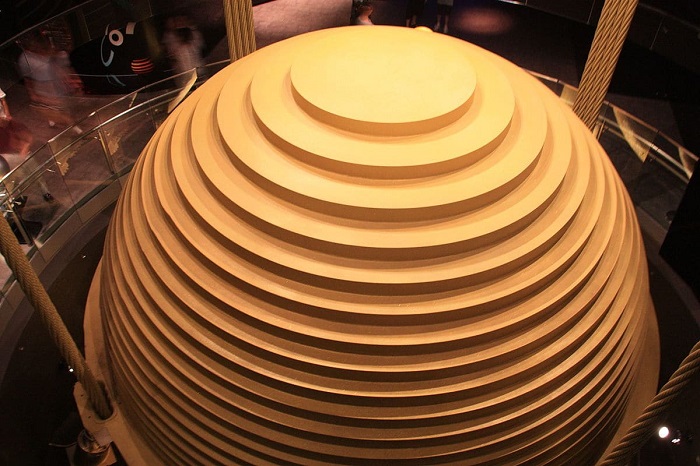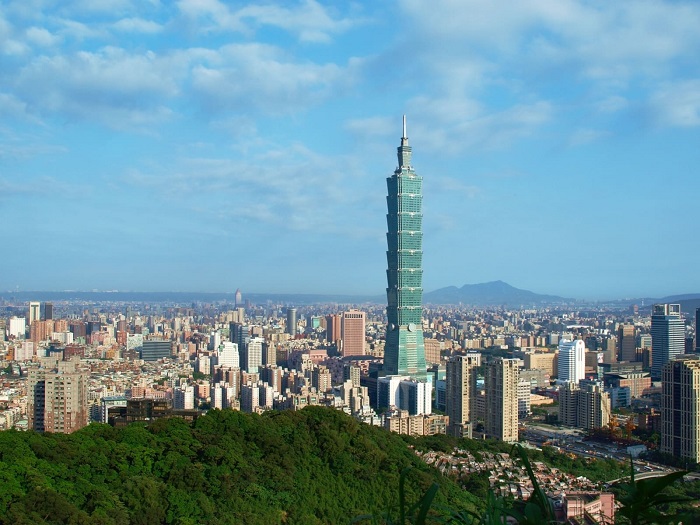ISABEL RUBIO ARROYO | Tungsteno
Two powerful earthquakes measuring 7.8 and 7.5 on the Richter scale struck southeastern Turkey and northern Syria on 6 February, leaving devastation in their wake: collapsed apartment buildings, rubble strewn in the streets and even families sheltering in tents in a football stadium. In Turkey, at least 24,900 buildings collapsed or were severely damaged, according to Environment Minister Murat Kurum. Some architects have blamed this on the legalisation of "unsafe" and "rotten" structures. We look at how the most effective earthquake protection systems can help put an end to such tragedies.
A massive collapse of buildings
Despite the magnitude of the earthquakes, some experts say that many of the structures that collapsed in Turkey should have remained standing. "The maximum intensity for this earthquake was violent but not necessarily enough to bring well-constructed buildings down," Professor David Alexander, an expert in emergency planning and management at University College London tells the BBC.
Previous earthquakes in Turkey—such as one in 1999 in the northwestern Turkish city of Izmit—have led to a tightening of building codes. But Prof Alexander sees two problems: firstly, there has been little retrofitting of existing buildings, and secondly, the new standards have hardly been applied to new buildings.
Thousands of buildings collapsed or were severely damaged in Turkey due to the February 6 earthquake. Credit: Associated Press
Unsafe, rotten and illegal" buildings
In recent years, Turkey's government has provided some building amnesties—legal exemptions for a fee—to those structures built without the required safety certificates. In fact, as many as 75,000 buildings in the earthquake-affected area of southern Turkey have received such amnesties, according to Pelin Pınar Giritlioğlu, Istanbul head of the Union of Chambers of Turkish Engineers.
Emin Koramaz, president of the Union of Chambers of Architects and Engineers of Turkey, told EFE news agency that over the past 20 years there have been eight major legalisations of "unsafe, rotten and illegal" buildings that had been built and inhabited without proper licences. Geologist Celal Sengor considers construction amnesties in a country with so many seismic fault lines to be tantamount to a "crime".
Some structures in Turkey had been built without the required safety certificates. Credit: Sky News
Earthquake-proof buildings
In some countries, such as Japan, millions of people live in buildings that seem to touch the sky, despite the country's history of severe earthquakes. This is partly due to the efforts of engineers and architects to come up with new building materials and designs that can withstand strong earthquakes. "One way to resist ground forces is to “lift” the building’s foundation above the earth through a method called base isolation," explains the Big Rentz company. This technique involves constructing a building on flexible pads of steel, rubber and lead. In this way, when the base moves during an earthquake, the isolators vibrate while the structure remains stable, preventing seismic waves from travelling through the building.
Some buildings are fitted with vibration control devices. These are shock absorbers placed between columns and beams to dissipate the force of vibrations. Meanwhile, in some skyscrapers, a large steel ball is suspended from cables at the top of the structure. "When the building begins to sway, the ball acts as a pendulum and moves in the opposite direction to stabilize the building," explains Big Rentz.

The Taipei 101 skyscraper has a pendulum at the top of the structure. Credit: Wikimedia Commons
In addition to using shock absorbers or pendulums to dissipate the energy of an earthquake, some engineers experiment with different materials to improve the stability of some buildings and prevent seismic excitations from causing collisions in adjacent structures. In Taiwan, a seismic zone that requires special construction measures, a team of researchers has developed a new type of reinforced concrete that, being up to twice as strong as traditional concrete, can double the height of buildings.
Major structures using seismic protection systems include the Taipei 101 skyscraper in Taiwan, the Burj Khalifa in Dubai and the Petronas Towers in Kuala Lumpur, the capital of Malaysia. According to the US Geological Survey, there are an average of 20,000 earthquakes around the globe each year. That's approximately 55 a day. This figure makes it essential to design earthquake-resistant buildings, especially in areas where earthquakes are particularly common or catastrophic, such as Japan, Indonesia or China.
· — —
Tungsteno is a journalism laboratory to scan the essence of innovation.
